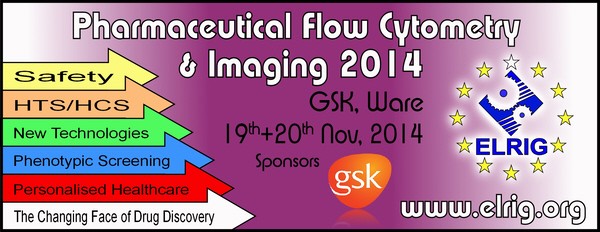Discussion
Introduction
Monoclonal antibodies (mAbs) have the potential to provide targeted methods of treatment for diseases such as cancer. Use of mAbs raised against tumour associated antigens, allows highly specific treatment with reduced toxicity.
Traditionally, antibody screening for cell surface target antigens consisted of different tests for binding and specificity followed by cell-based assays. Screening hybridoma supernatants for specific antibodies that bind cell-based antigen is a critical component of monoclonal antibody generation and often a bottleneck in the process. It is highly advantageous if cell-based assays can be performed at the primary screening stage in the monoclonal antibody selection process as ligands remain in their natural conformation.
Since thousands of clones are routinely screened, flow cytometry was not viewed as a practical option for primary high throughput hybridoma screening. However, flow cytometry offers several advantages such as sensitivity and its ability to measure several parameters simultaneously. The simple use of flow cytometry light scattering allows the discrimination of dead cells from test populations and thus reduces the numbers of false positives.
We explored the application of High throughput Flow Cytometry (HTFC) for hybridoma screening using a technique called Fluorescent Cell Barcoding (FCB).
Method
A green cell viability dye, CalceinAM, was optimised to encode four HEK cell lines that expressed species orthologues (human, cynomolgus, mouse and non-specific) of Leucine rich repeat G protein coupled Receptor 5 (LGR5). The cells were then mixed as a single sample and aliquoted into microtitre plate wells. Test antibody supernatants plus controls were added to the mixture and then analysed using HTFC. Each population was differentiated based on their fluorescence intensity, and the corresponding antibody binding to each cell type was quantified simultaneously. This technique was used to profile hybridoma supernatants for LGR5 specific monoclonal antibodies.
Analysis
Four distinct populations were identified using HTFC. There was a good correlation (R2= 0.73) between active hybridoma supernatants identified in the HTFC hybridoma screen and the original screening format which used rectal carcinoma cells (RKO), demonstrating accuracy and sensitivity of this technique. Data robustness was increased due to the ability to analyse positive and negative control cell lines in one sample along with the comparison of species orthologues. It is high throughput and can test for affinity and specificity of monoclonal antibody binding to proteins in their native conformation, and provides an advantage over other screening methods such as ELISA and FMAT.
Conclusion
Using the above technique, HTFC screening for therapeutic antibodies is now possible and at the same time offers the entire armoury associated with flow cytometry.
FCB uses the full power of flow cytometry which can analyse multiple parameters simultaneously. It is a technique that encodes each cell population with a bespoke dye concentration. Populations can be mixed together in a single well and identified in the analysis via the unique fluorescence intensity of the cell. The technique lends itself to the high throughput screening of cells, making significant time savings and saving costly reagents.

